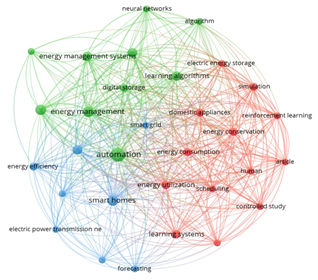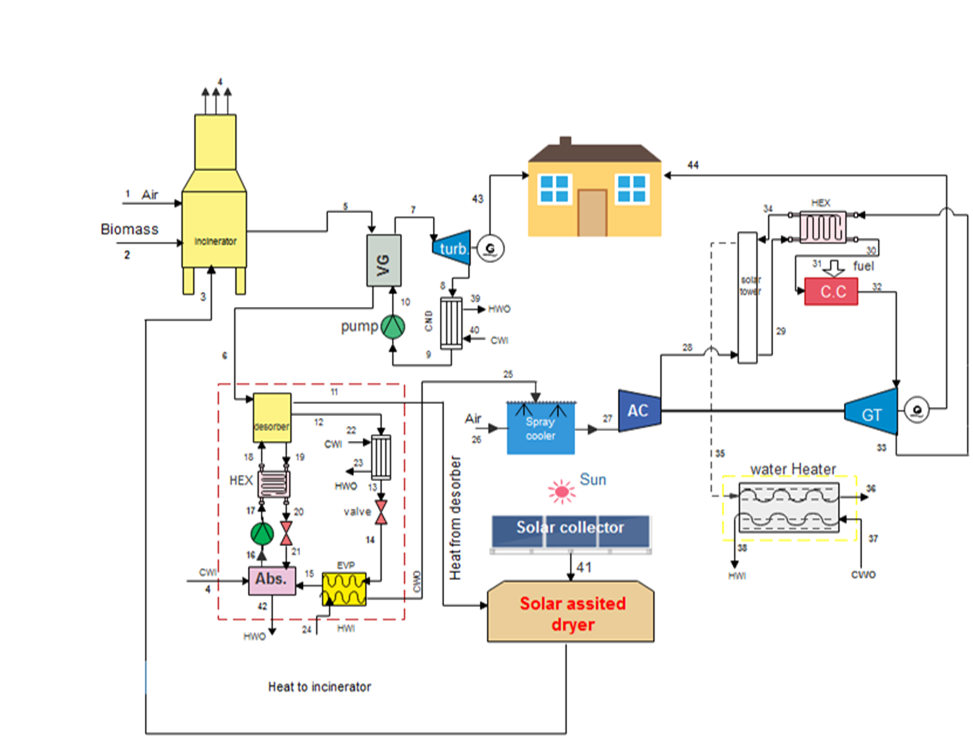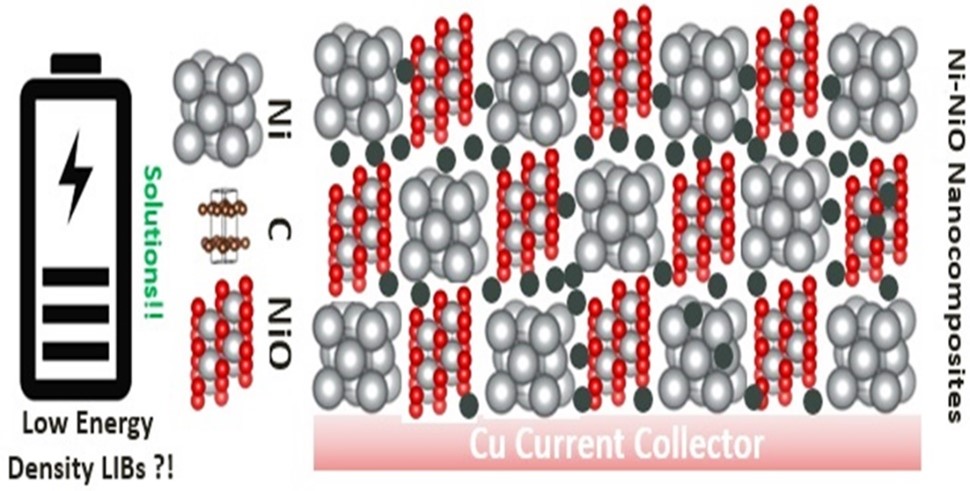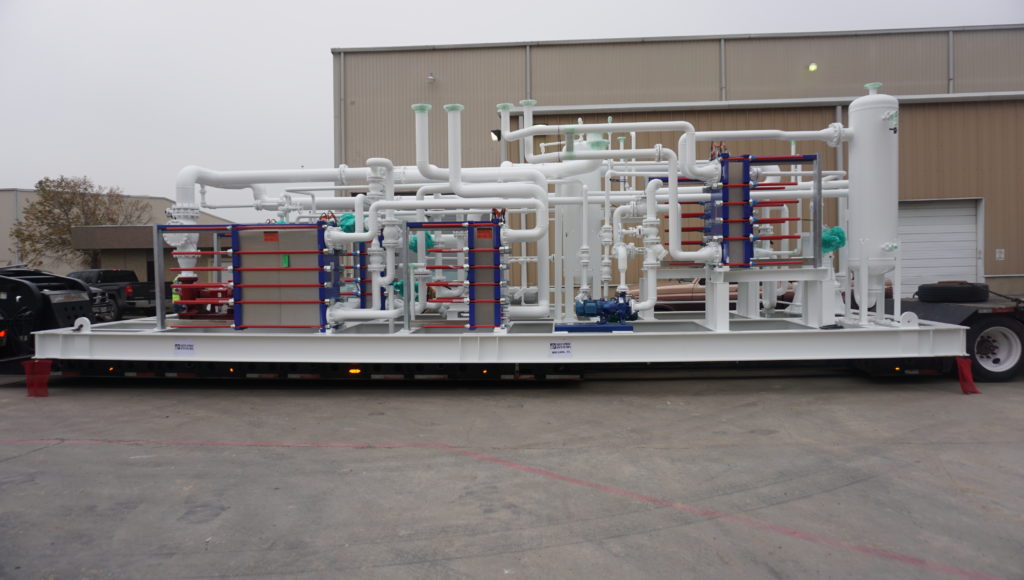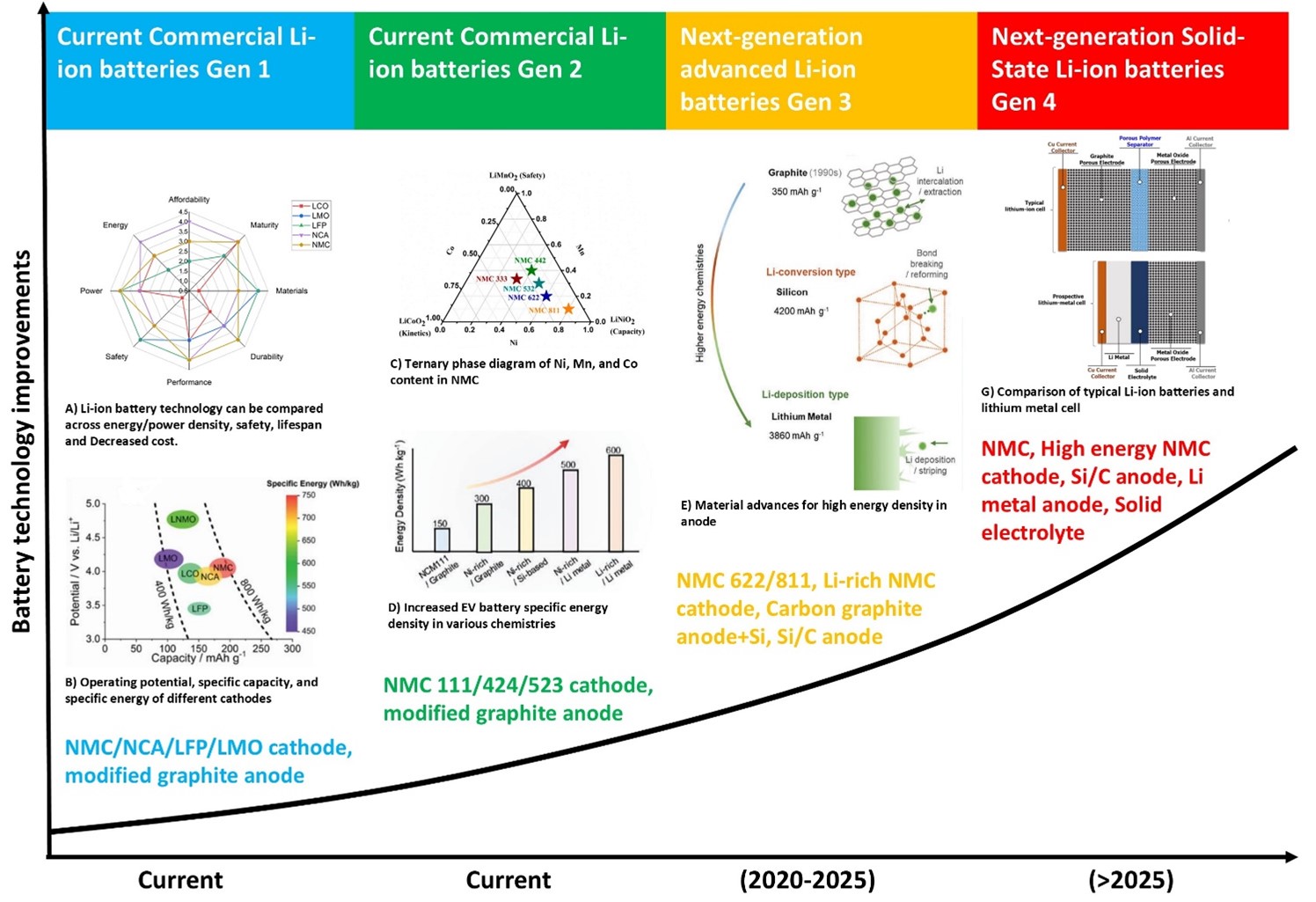Study of temperature cycling of commercial rechargeable lithium-ion batteries

Downloads
Lithium-ion batteries, a popular electric energy storage device, have high energy density and impressive working performance. However, the temperature affects its life cycle, capacity, and performance. Different effects are generated inside the battery for the different temperature conditions. It is necessary to study their thermal and electric characteristics in various thermal conditions since electric energy storage devices are used in various applications at low or high temperatures. In this study, the experimental analysis was performed to observe how a battery cell behaves above room temperature for a different 18650 cylindrical battery cell with a capacity of 5200 mAh. The testing temperature for this experiment was at 28˚C, 50˚C, 60˚C, 70˚C, and 100˚C. It is noted that the capacity of the battery cell fades drastically at high temperatures compared to low temperatures due to internal short circuits occurring at high temperatures.
Song X, Hu S, Chen D, Zhu B. Estimation of Waste Battery Generation and Analysis of the Waste Battery Recycling System in China. J Ind Ecol 2017;21:57–69. https://doi.org/10.1111/jiec.12407.
Paul S, Rahman MA, Islam MS, Islam MR, Siddiqui S. Nanostructured anatase TiO2 as anode of high‐performance lithium‐ion batteries . Batter Energy 2022;1:20220018. https://doi.org/10.1002/bte2.20220018.
Blomgren GE. The Development and Future of Lithium Ion Batteries. J Electrochem Soc 2017;164:A5019–25. https://doi.org/10.1149/2.0251701jes.
Bandhauer TM, Garimella S, Fuller TF. A Critical Review of Thermal Issues in Lithium-Ion Batteries. J Electrochem Soc 2011;158:R1. https://doi.org/10.1149/1.3515880.
Leng F, Tan CM, Pecht M. Effect of Temperature on the Aging rate of Li Ion Battery Operating above Room Temperature. Sci Rep 2015;5:1–12. https://doi.org/10.1038/srep12967.
Zhang SS, Xu K, Jow TR. The low temperature performance of Li-ion batteries. J Power Sources 2003;115:137–40. https://doi.org/10.1016/S0378-7753(02)00618-3.
Barua N, Rahman A, Roshid M. Comparative analysis of electrochemical behaviors of lithium-ion batteries using the dual potential MSMD battery models : case studies on various thermal conditions 2024:1–15. https://doi.org/10.55670/fpll.fuen.3.2.1.
An Z, Jia L, Ding Y, Dang C, Li X. A review on lithium-ion power battery thermal management technologies and thermal safety. J Therm Sci 2017;26:391–412. https://doi.org/10.1007/s11630-017-0955-2.
Zhang SS, Xu K, Jow TR. Low-temperature performance of Li-ion cells with a LiBF4-based electrolyte. J Solid State Electrochem 2003;7:147–51. https://doi.org/10.1007/s10008-002-0300-9.
Jaguemont J, Boulon L, Dubé Y. A comprehensive review of lithium-ion batteries used in hybrid and electric vehicles at cold temperatures. Appl Energy 2016;164:99–114. https://doi.org/10.1016/j.apenergy.2015.11.034.
Keil P, Jossen A. Improving the low-temperature performance of electric vehicles by hybrid energy storage systems. 2014 IEEE Veh Power Propuls Conf VPPC 2014 2014. https://doi.org/10.1109/VPPC.2014.7007087.
Jaguemont J, Boulon L, Dubé Y, Poudrier D. 2014.
Petzl M, Danzer MA. Nondestructive detection, characterization, and quantification of lithium plating in commercial lithium-ion batteries. J Power Sources 2014;254:80–7. https://doi.org/10.1016/j.jpowsour.2013.12.060.
Liu H, Wei Z, He W, Zhao J. Thermal issues about Li-ion batteries and recent progress in battery thermal management systems: A review. Energy Convers Manag 2017;150:304–30. https://doi.org/10.1016/j.enconman.2017.08.016.
Xiao M, Choe SY. Theoretical and experimental analysis of heat generations of a pouch type LiMn2O4/carbon high power Li-polymer battery. J Power Sources 2013;241:46–55. https://doi.org/10.1016/j.jpowsour.2013.04.062.
Thermal Runaway – What is Thermal Runaway & How to Prevent it | Mitsubishi Electric n.d. https://www.mitsubishicritical.com/resources/blog/thermal-runaway/ (accessed April 1, 2023).
Wang Q, Ping P, Zhao X, Chu G, Sun J, Chen C. Thermal runaway caused fire and explosion of lithium ion battery. J Power Sources 2012;208:210–24. https://doi.org/10.1016/j.jpowsour.2012.02.038.
Feng X, Fang M, He X, Ouyang M, Lu L, Wang H, et al. Thermal runaway features of large format prismatic lithium ion battery using extended volume accelerating rate calorimetry. J Power Sources 2014;255:294–301. https://doi.org/10.1016/j.jpowsour.2014.01.005.
Arora S. Selection of thermal management system for modular battery packs of electric vehicles: A review of existing and emerging technologies. J Power Sources 2018;400:621–40. https://doi.org/10.1016/j.jpowsour.2018.08.020.
Leng F, Tan CM, Pecht M. Effect of Temperature on the Aging rate of Li Ion Battery Operating above Room Temperature. Sci Rep 2015;5:1–12. https://doi.org/10.1038/srep12967.
Robinson JB, Shearing PR, Brett DJL. Thermal imaging of electrochemical power systems: A review. J Imaging 2016;2. https://doi.org/10.3390/jimaging2010002.
Raijmakers LHJ, Danilov DL, Eichel RA, Notten PHL. A review on various temperature-indication methods for Li-ion batteries. Appl Energy 2019;240:918–45. https://doi.org/10.1016/j.apenergy.2019.02.078.
Zhang C, Li K, Deng J. Real-time estimation of battery internal temperature based on a simplified thermoelectric model. J Power Sources 2016;302:146–54. https://doi.org/10.1016/j.jpowsour.2015.10.052.
Drake SJ, Martin M, Wetz DA, Ostanek JK, Miller SP, Heinzel JM, et al. Heat generation rate measurement in a Li-ion cell at large C-rates through temperature and heat flux measurements. J Power Sources 2015;285:266–73. https://doi.org/10.1016/j.jpowsour.2015.03.008.
Kwiecien M. Electrochemical Impedance Spectroscopy on Lead-Acid Cells during Aging 2019:1–14.
Rahman MA, Rahman MM, Song G. A review on binder-free NiO-Ni foam as anode of high performance lithium-ion batteries. Energy Storage 2022;4:1–24. https://doi.org/10.1002/est2.278.
Siddiqui SET, Rahman MA, Kim JH, Sharif S Bin, Paul S. A Review on Recent Advancements of Ni-NiO Nanocomposite as an Anode for High-Performance Lithium-Ion Battery. Nanomaterials 2022;12:1–33. https://doi.org/10.3390/nano12172930.
Porous anode materials for high performance lithium ‐ ion batteries 2016.
Rahman MA, Song G, Bhatt AI, Wong YC, Wen C. Nanostructured silicon anodes for high-performance lithium-ion batteries. Adv Funct Mater 2016;26:647–78. https://doi.org/10.1002/adfm.201502959.
Rahman MA, Wang X, Wen C. High Energy Density Metal-Air Batteries: A Review. J Electrochem Soc 2013;160:A1759–71. https://doi.org/10.1149/2.062310jes.
Rahman MA, Wen C. A study of the capacity fade of porous NiO/Ni foam as negative electrode for lithium-ion batteries. Ionics (Kiel) 2016;22:173–84. https://doi.org/10.1007/s11581-015-1542-8.
Rahman MA, Wen C. Nanogravel structured NiO/Ni foam as electrode for high-performance lithium-ion batteries. Ionics (Kiel) 2015;21:2709–23. https://doi.org/10.1007/s11581-015-1475-2.
Horstmann B, Single F, Latz A. Review on multi-scale models of solid-electrolyte interphase formation. Curr Opin Electrochem 2019;13:61–9. https://doi.org/10.1016/j.coelec.2018.10.013.











